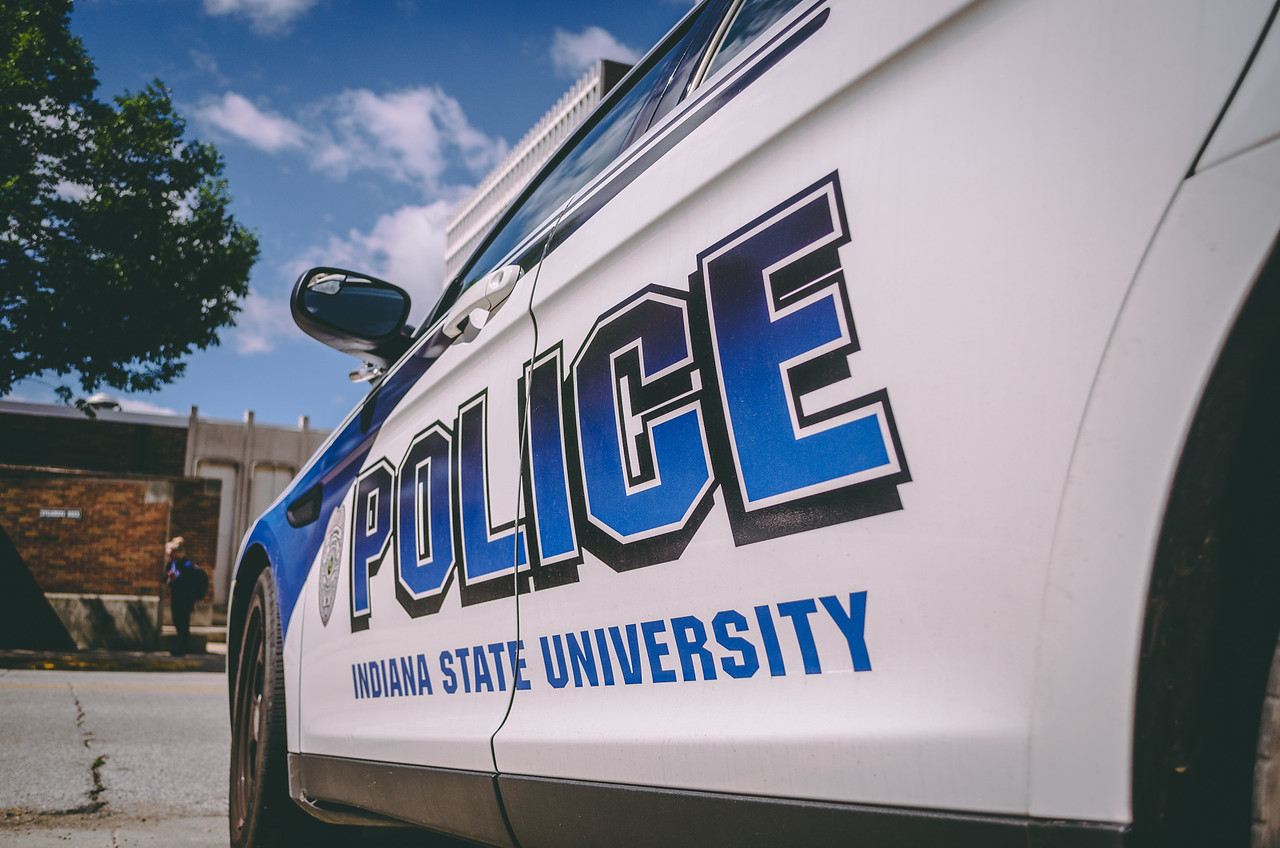Mission Statement
Indiana State University Public Safety supports the mission and core values of the University by preserving a safe environment for students, faculty, staff, and visitors with respect for others and for the law. We promote safety and enforce laws guided by our commitment to relationship-building and collaboration within our diverse community.
Responsibilities

- Enforcement of Federal, State, and Local Laws
- Enforcement of University Policies
- Criminal Investigations
- Personal and Facility Security
- Vehicle Crash Investigations
- Emergency Medical Assistance
- Public Safety Communications Systems
- Emergency Disaster Preparedness Planning
- Traffic Regulation and Control
- Vehicle, Bike, Utility Vehicle and Foot Patrol of University Property
- Crime Prevention and Awareness Programs